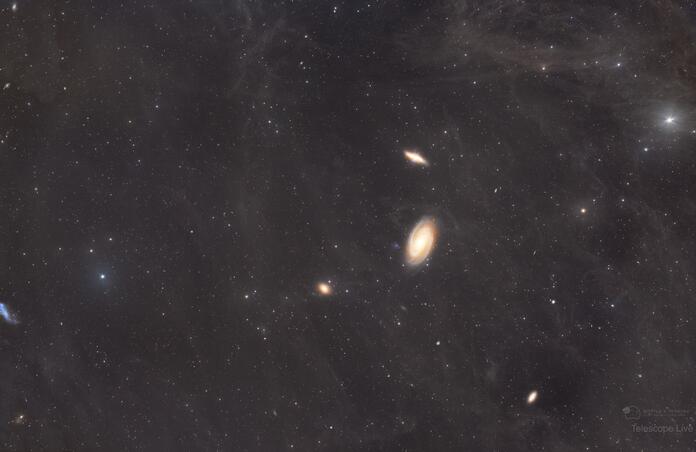Lesson Learned - Using PI Plate Solver Script after Drizzle Integration

I learned a valuable lesson during the image processing of the Bodes Area dataset in PixInsight. Early on, after reviewing the sub exposures of the dataset, I decided to use the Drizzle Integration process as this dataset is under sampled. The process of using drizzle integration went fine and I got good integrated LRGB masters which combined into an integrated RGB image and a separate luminance image. After using the Dynamic Background Extraction (DBE) process to manage the gradients, the Image Solver script was next up so that I could get a plate solution for Spectrophotometric Color Calibration (SPCC) to calibrate the color.
However, when I initially used the process, I could not get a plate solution. I checked the usual suspect problem areas and I did not find any discrepancies. Then I remembered that when you use drizzle integration, it provides integrated masters where the scale is doubled (see the Scale setting below); the pixel array in the integrated image doubles in size, going from 9576 x 6388 to 19,152 x 12,776.

What this means is that you the Image Scale (resolution and pixel size settings) must decrease by half. Since the normal pixel size for the QHY 600M camera is 3.76, for the script, this value is now half of that or 1.88 microns; the normal resolution for this imaging setup is 2.0216 "/px but now because of the effect of drizzle being applied, it is also cut by half or 1.0108 "/px (see below).

Once I made these changes, I got a straightforward plate solution and could move on the SPCC.
